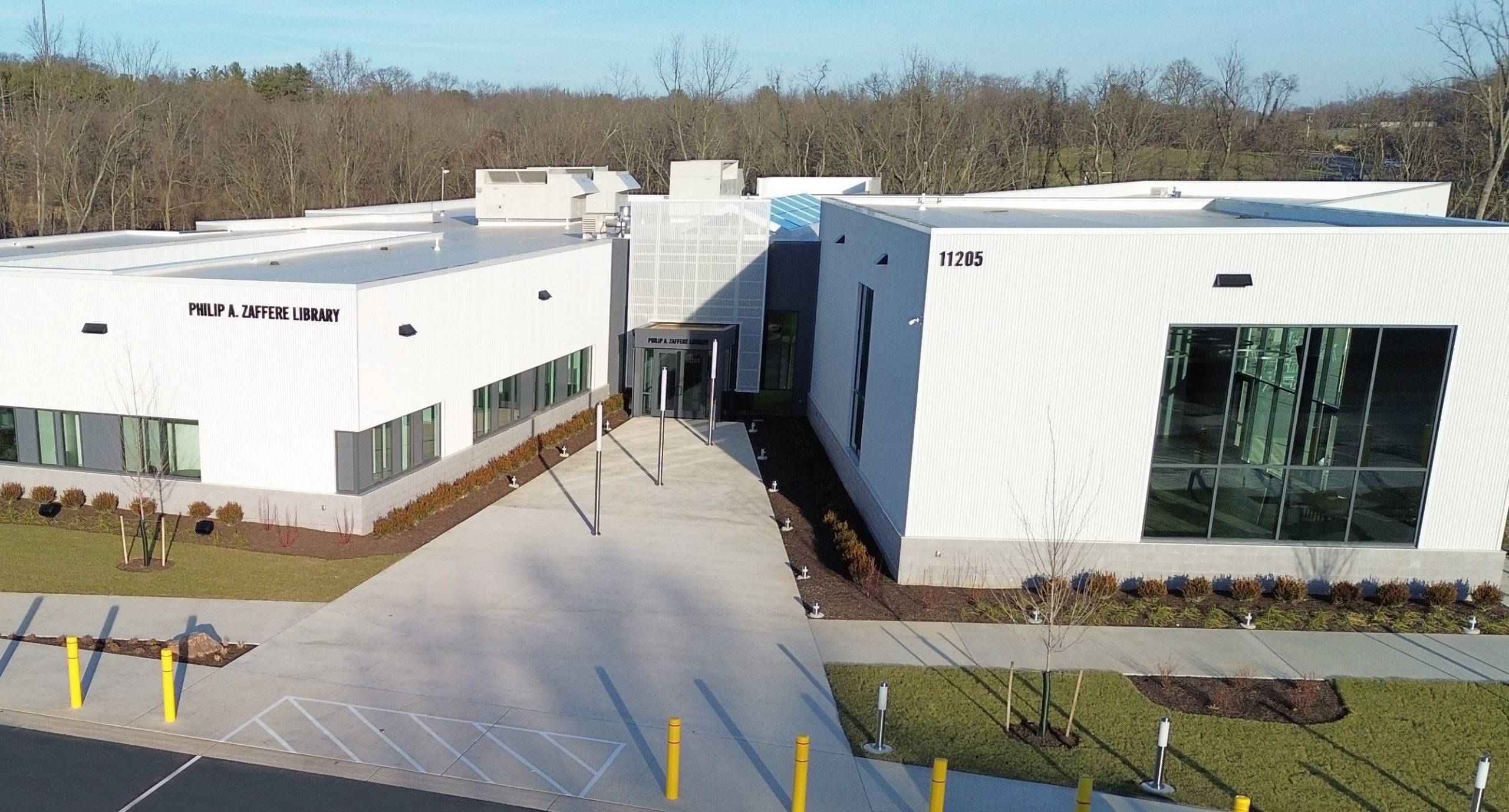
July 4th wouldn’t be July 4th without fireworks! Our students learn the chemistry behind the colors of fireworks in General Chemistry. In brief, the colors are produced by heating metal salts that emit characteristic colors. The atoms absorb energy and release it as light of specific colors. The energy absorbed by an atom rearranges its electrons from their lowest-energy (ground) state, up to a higher-energy (excited) state. The excess energy of the excited state is emitted as light. The amount of energy emitted is characteristic of the element, and the amount of energy determines the color of the light emitted. For example, yellow fireworks are produced by sodium salts and orange fireworks are produced by calcium salts. Purple fireworks are a mixture of copper compounds which are blue and strontium compounds which are red. Happy July 4th- enjoy the fireworks!





